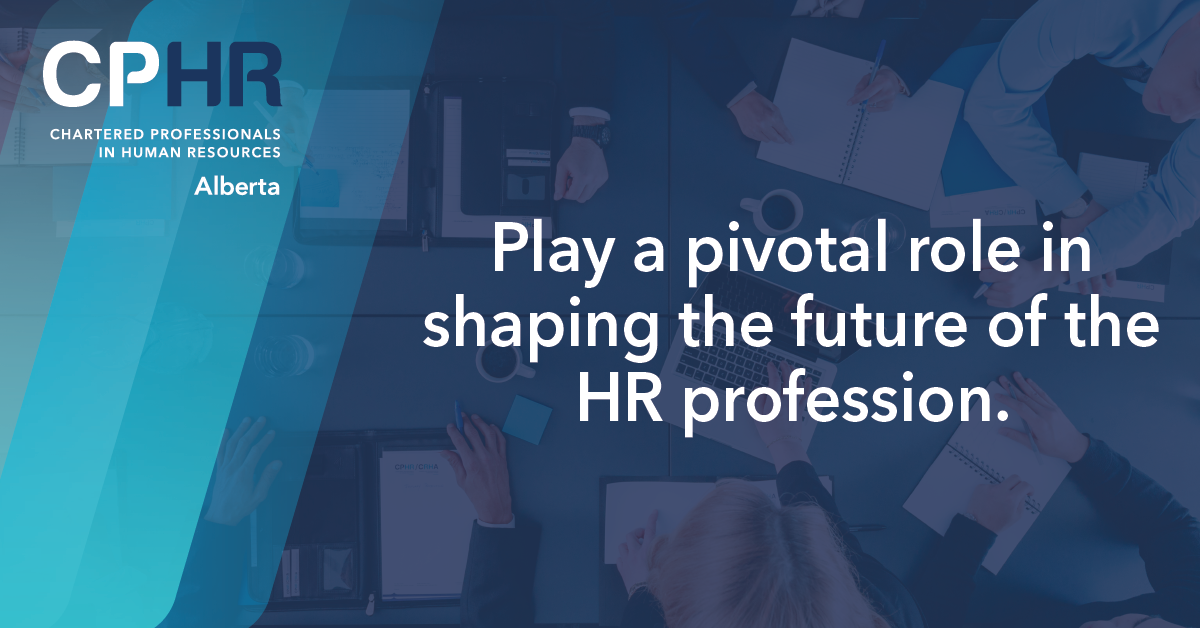
How to Foster Inclusive Climate to affect Engagement and Attrition

Author: Wilma Li, PCC, CPHR, SHRM-SCP
But What is Inclusive Climate?
It is the 1 “ employees' shared understanding about the social norms within a particular organizational context with regard to the behaviors that are expected of employees to pursue inclusion goals. It relates to how a team functions and performs based on the quality of social connections, openness to learning, agility, and depth of decision-making. It is a powerful tool for guiding employee behaviors ”.
A climate is inclusive when its norms are carefully constructed to promote experiences of both belonging, feeling of being a valued member of the in-group, and uniqueness for its members (so members feel recognized for their individuality and integration). The most essential aspects of inclusive climate are like a formula of two things together. 1 ” One, strong values for developing high-quality interpersonal understanding, and competence; combined with, two, a shared belief that people's diverse backgrounds and perspectives are a source of insight that can be leveraged to enhance learning and performance. These beliefs are then translated into norms for how team members are expected to engage with each other to make that possible”.
So, why is an inclusive climate important?
Because it enables well-being, learning and performance. When employees feel valued for what they have to offer and feel others genuinely interested in them, they are bolstered by sense of belonging and confidence which makes them more engaged with work and with coworkers. As a result, they tend to perform higher and are less likely to turn over.
With inclusive climate as team norms, team members have 1 ” higher levels of trust and cohesion, and these in turn make it much more likely that information is shared openly, and furthermore, that team members cooperate and build constructively on the ideas of others”. This drives team performance and innovation.
On the contrary, when employees feel psychologically unsafe to be themselves, they are 1 “ more likely to hide their true thoughts and withdraw or become defensive, which can further exacerbate their experience of exclusion. As a result, they report higher levels of stress and lower levels of organizational commitment to the organization ”.
In teams where some members experience inclusion and some do not, this leads to fractured team dynamics like subgroup formation in conflict, and losses to team collaboration, information-sharing and performance.
As a Human Resources leader, what can you do?
You have the power to shape your team’s work climate! Senior leaders set the tone and role model for lower-level leaders. Fostering inclusion requires leaders to help team members understand what inclusion means and why it is important so they are intrinsically motivated to engage in inclusive behaviours and interactions. Team members will then co-create inclusive experiences for each other, even in the absence of the leader.
So, four Steps to Create Inclusive Climate
1)Assess the current inclusiveness of your group’s climate, or determine the quality of work-group climate for employees
2)Articulate inclusive standards, or help others understand what your inclusion standards are to bring clarity about what you mean by inclusion
3)Continuously and consistently role-model inclusive behaviour or demonstrate what it looks like to be inclusive
4)Continuously and consistently enforce and reinforce inclusive standards by actively guiding and directing the behaviour of employees
Other than the steps, what Factors can Help Foster Inclusive Climate?
- Shared belief and understanding
After a leader provide clear motivations, norms, and systems of accountability for encouraging group members to challenge each others’ perspectives and persevere in their debate of multiple possible solutions, the team members need to develop a shared belief that the combination and recombination of team members’ different ideas and perspectives makes for better solutions. - Team insight
Invest time and space necessary to develop a deeper-level understanding or insight about team members, and for team members to learn about one another on a more personal individualized level. 1 ” When perceived similarity with another person increases, so does liking and respect for that person. Shared bonds facilitate a freer exchange of information and a greater openness to other people's perspectives ”. - Supportive Context
This is where employees feel psychologically safe to mindfully express themselves without having to worry about suffering negative consequences. This is facilitated by having shared value among team members regarding the importance of taking risks and making mistakes in order to learn and succeed sooner. - Inclusive Rules of Engagement
To ensure high performance, 1 “teams develop and adhere to norms about how they will do the following: solicit input from all team members; ensure that team members build constructively on the ideas of others; how they will resolve conflict; and ultimately how they will make decisions ”.
Resources
For more information on how to foster inclusive climate, please contact us at: www.bkicorp.com. At Business Knowledge Integration, we help you with your intercultural, equity, diversity, and inclusion (EDI) need to achieve more sustainable results.
References
1 Nishii, L., Fostering an Inclusive Climate (2021 virtual online course), Diversity and Inclusion Certificate for HR program, School of Industrial and Labor Relations, Cornell University
The views and opinions expressed in this blog post belong solely to the original author(s) and do not necessarily represent the views and opinions of CPHR Alberta.
The views and opinions expressed in this blog post belong solely to the original author(s) and do not necessarily represent the views and opinions of CPHR Alberta.





